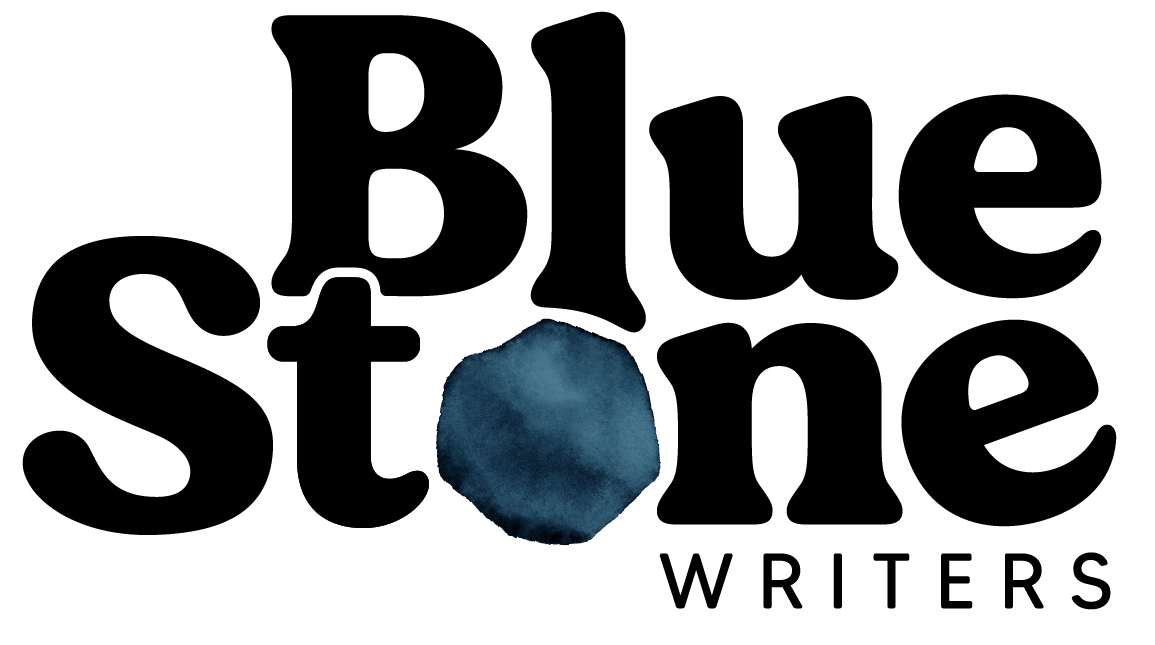WE need to dream, we need to rest.
Photo by me: light and shadow in Stephenson Nature Preserve here in Austin.
Feel free, as always, to revisit past Solstice prompts: 2021 here and 2022 here. These posts are worth revisiting each year to witness your own evolving ideas and writing practice.
And now for something new…
For the activity below, you’ll read and enjoy this Mary Oliver poem—yes, of course, and always—and play with that challenging, cool, lovely liminal space of having ideas yet needing to rest; of the desire to create blended with the desire to dream.
Winter can be a season of deep knowing, understanding that after a period of rest, we can return to our ideas nourished and transformed.
You can try these prompts out from your own POV and then a character’s, to both deepen your understanding of a WIP and also reflect on your own process.
Guided Writing: Ideas Unfolding
Quick recommendation: Ease into the Solstice writing. Brew tea or coffee, light a candle. Breathe deep. Take a moment to thank yourself for all that you’ve explored, questioned, and dreamed up in the past six months.
Open with a free-write to “Winter” by Norwegian composer Ola Gjeilo. I’ve linked to Spotify, but here’s the artist’s YouTube Channel as well. Winter Virtual Retreat attendees may recognize this song from our shared playlist. There is no prompt here but to simply write whatever comes to mind—allow yourself to speak to the page in whatever way feels best.
Read “White-Eyes” by Mary Oliver. Read it aloud to yourself, even if whispered—should you happen to be in a coffee shop, public library, etc. Do you have a favorite line or phrase? What about the poem resonates with you?
Write from the perspective of a character, yourself, or a subject in your creative nonfiction project—whomever you’d like to reconnect with at this time—beginning with these phrases: “I’m restless…I have an idea…” Write for 8-9 minutes, describing what it feels like from this POV to be tired yet alive with possibility, to feel an idea unfolding.
that loves us,
that is asleep now, and silent—
that has turned itself
into snow.
Imagine the idea as a creature/sentient object/natural element who can feel and wish and dream. What does the idea do when it nests down for a wintering phase? What happens? How does the idea change? Write for 10-12 minutes, whatever you have time for, and feel free to think as practically or fantastically (or both) as you like.
Glance back at your own work and circle/highlight/underline a favorite line/sentence.
Take a breath. Take another one for good measure.
Bonus: Step outside, if the weather allows, or find a window and take a few minutes to read your favorite line aloud, addressing the sky, a tree, or a bird who’s resting on a branch.
In celebration of Winter Solstice, this is one of three new guided writing posts. Check out the other December activities—dive in now or bookmark for later. Happy Solstice!


